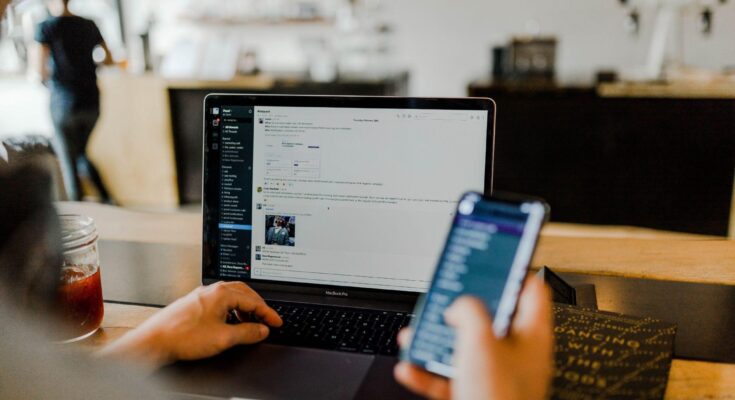Imagine for a moment you get a text message from a friend that says hello to you by name and contains information that’s important to you, such as an invitation to a party. The text message gives the party’s date, time, and location, and asks for an RSVP — and tells you that a map of the site is in your email.
That’s an example of a personalized omnichannel message. The message is for you specifically. The information is relevant and engaging. The message contains a call to action (RSVP) through one communication channel (text message) and gives more info (the map) through another channel (email).
To provide excellent customer service, the goal is for every communication with customers and potential customers to have a similar feeling of being assisted by such a friend.
What Is Omnichannel Messaging?
Omnichannel messages provide customer service that allows clients to communicate with a business through their preferred communication method. Examples of communication channels are text (SMS) messaging, instant messenger systems, email, artificial intelligence-driven chatbots, social media, live chat, telephone, voicemail, and in-person contacts.
Omnichannel messages from providers like Mitto give clients a seamless experience, no matter which communication channel they choose. This excellent customer service allows businesses to provide personalized consumer experiences to build and maintain customer loyalty.
The Benefits of Personalization
Who doesn’t like being acknowledged for who they are? Personalized messaging creates a more enjoyable experience, making the recipient feel valued and appreciated. Using personalized messaging has been shown to generate more conversions from potential customers to highly valued repeat clients. In addition, increasing customer engagement by utilizing personalization increases brand loyalty. And finally, personalization helps a company build relationships with its best clients and improves customer retention.
What Is Omnichannel E-Commerce?
Omnichannel e-commerce solutions from platforms like Mitto allow products and services to be sold through multiple channels. A business may sell through brick-and-mortar stores, websites, social media, and mobile apps. The goal is to give buyers a seamless shopping experience across all channels, allowing them to easily switch between buying online or in-store.
An omnichannel communication system allows retailers to offer personalized customer service and product recommendations across all channels and track the client’s journey to understand their preferences and buying behaviors.
Best Practices for Personalization in Omnichannel Messaging
Here are the seven best practices for personalized omnichannel messages:
- Discover customer preferences: Collect data on client preferences and behavior. Use the data and analytics to create personalized messages based on individual tastes and specific customer needs.
- Define customer groups: Organize consumers into distinct groups based on demographics, behavior, affiliations, and tastes. This allows you to deliver more personalized messages that cater to the group dynamics.
- Automate message delivery: Automation tools enable you to send personalized messages quickly and efficiently.
- Use dynamic content: Using the most recent data from client profiles to create personalized content allows you to provide more tailored messages.
- Make personalized offers: Target customers with personalized offers based on past purchases and interests. These personalized promotions boost sales.
- Be consistent: Use a consistent communication style and voice across all omnichannel messages.
- Measure results: Measure the impact of personalization efforts to refine your strategies and ensure you provide the most relevant messages.
From the customer’s point of view, an omnichannel solution is always available, accessible, helpful, and friendly.




